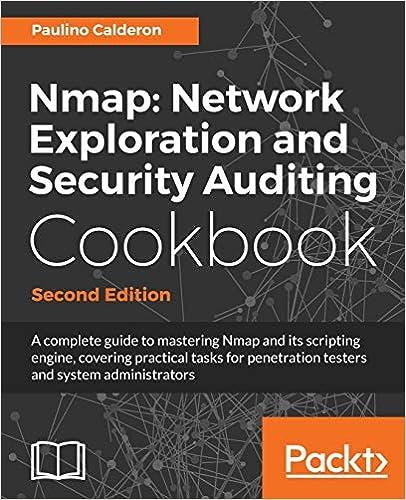 GiuseppinaGiuseppina 's
GiuseppinaGiuseppina 's
Glassworks makes glass flanges for scientific use. Materials cost
$ 1$1
per flange, and the glass blowers are paid a wage rate of
$ 24$24
per hour. A glass blower blows
55
flanges per hour. Fixed manufacturing costs for flanges are
$ 20 comma 000$20,000
per period. Period (nonmanufacturing) costs of flanges are
$ 11 comma 000$11,000
per period, and are fixed.
Requirements
| 1. | Graph the fixed, variable, and total manufacturing cost for flanges, using units (number of flanges) on the x-axis (the horizontal axis). |
| 2. | Assume GiuseppinaGiuseppina 's Glassworks manufactures and sells 6 comma 0006,000 flanges this period. Its competitor, Flora's Flasks, sells flanges for $ 9.50$9.50 each. Can GiuseppinaGiuseppina sell below Flora's price and still make a profit on the flanges? |
| 3. | How would your answer to requirement 2 differ if GiuseppinaGiuseppina 's Glassworks made and sold 9 comma 0009,000 flanges this period? Why? What does this indicate about the use of unit cost in decision making? |
Giuseppina's Glassworks makes glass flanges for scientific use. Materials cost $1 per flange, and the glass blowers are paid a wage rate of $24 per hour. A glass blower blows 5 flanges per hour. Fixed manufacturing costs for flanges are $20,000 per period. Period (nonmanufacturing) costs of flanges are $11,000 per period, and are fixed. Requirements 1. Graph the fixed, variable, and total manufacturing cost for flanges, using units (number of flanges) on the x-axis (the horizontal axis). 2. Assume Giuseppina's Glassworks manufactures and sells 6,000 flanges this period. Its competitor, Flora's Flasks, sells flanges for $9.50 each. Can Giuseppina sell below Flora's price and still make a profit on the flanges? 3. How would your answer to requirement 2 differ if Giuseppina's Glassworks made and sold 9,000 flanges this period? Why? What does this indicate about the use of unit cost in decision making? Requirement 1. Graph the fixed, variable, and total manufacturing cost for flanges, using units (number of flanges) on the x-axis (the horizontal axis). (Enlarge each graph before selecting your answer.) OA. OB. OD. 100,000 100,0007 100,000 100,000 Variable costs Variable costs Total costs Total costs Cost Cost Cost Cost Fixed costs Fixed costs Total costFixed costs Variable (Eixed costs Click to select your answer and then click Check Answer. Giuseppina's Glassworks makes glass flanges for scientific use. Materials cost $1 per flange, and the glass blowers are paid a wage rate of $24 per hour. A glass blower blows 5 flanges per hour. Fixed manufacturing costs for flanges are $20,000 per period. Period (nonmanufacturing) costs of flanges are $11,000 per period, and are fixed. Requirements 1. Graph the fixed, variable, and total manufacturing cost for flanges, using units (number of flanges) on the x-axis (the horizontal axis). 2. Assume Giuseppina's Glassworks manufactures and sells 6,000 flanges this period. Its competitor, Flora's Flasks, sells flanges for $9.50 each. Can Giuseppina sell below Flora's price and still make a profit on the flanges? 3. How would your answer to requirement 2 differ if Giuseppina's Glassworks made and sold 9,000 flanges this period? Why? What does this indicate about the use of unit cost in decision making? Requirement 1. Graph the fixed, variable, and total manufacturing cost for flanges, using units (number of flanges) on the x-axis (the horizontal axis). (Enlarge each graph before selecting your answer.) OA. OB. OD. 100,000 100,0007 100,000 100,000 Variable costs Variable costs Total costs Total costs Cost Cost Cost Cost Fixed costs Fixed costs Total costFixed costs Variable (Eixed costs Click to select your answer and then click Check
 GiuseppinaGiuseppina 's
GiuseppinaGiuseppina 's





